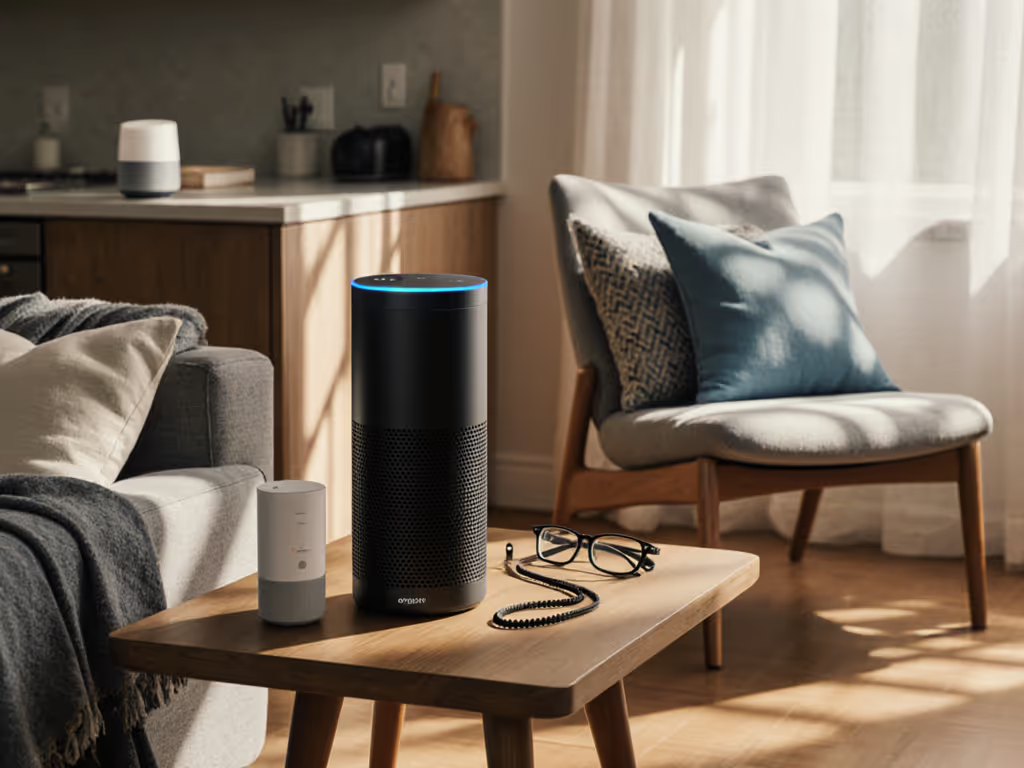
Best Smart Speakers 2025: Top Picks for Music Lovers
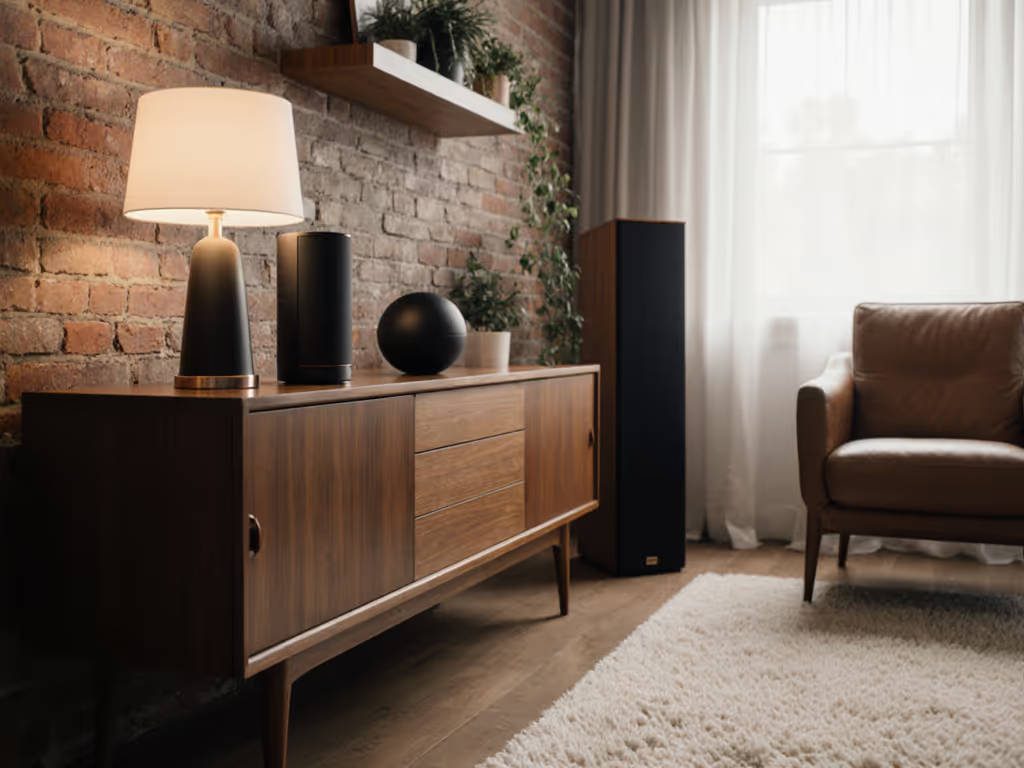
When I'm asked about the best smart speaker, I immediately think beyond the sticker price. After personally tracking how a bargain speaker became my most expensive device (thanks to adapters, replacements, and time spent troubleshooting when its cloud service folded), I now evaluate all audio equipment through a five-year total cost of ownership lens. The best smart speaker isn't the cheapest upfront (it's the one that lasts through routine changes, supports open standards, and won't become e-waste when the next software update drops). In this guide, I'll share which models deliver genuine long-term value for music lovers who prioritize reliability over hype.
Why Your Smart Speaker Choice Matters More Than You Think
Most smart speaker reviews focus on initial sound quality and voice assistant responsiveness while ignoring the hidden costs that emerge down the road. As a cost-transparent analyst who tracks energy consumption, repair pathways, and support lifecycles, I've seen too many users get trapped in the "upgrade treadmill" (constantly replacing devices that work fine technically but become obsolete due to abandoned software support).
My evaluation process uses five-year TCO frames that account for:
- Hardware longevity (repairability, parts availability)
- Support window tracking (documented update policies vs. vendor promises)
- Energy-to-cost translations (standby power consumption over years)
- Ecosystem compatibility (future-proofing against service shutdowns)
- Room-specific utility (does it actually fit your routines?)
Total cost beats sticker price when the cloud blinks.
Rather than chasing the latest features, I focus on speakers that deliver consistent value through predictable routines. Let's examine which models stand up to this plain-language math approach.
1. Sonos Era 100 (White): The Long-Term Value Leader
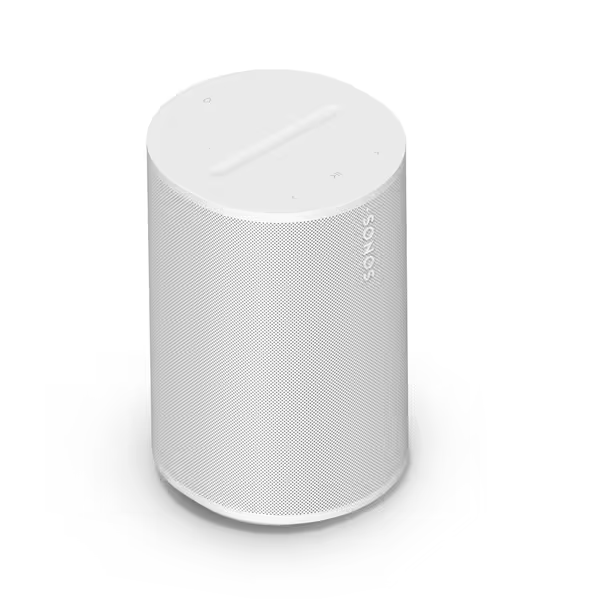
Sonos Era 100 Smart Speaker
When Sonos launched the Era 100, many reviewers focused on its sound profile and compact size. But what caught my attention was their documented 5+ year support commitment (a rarity in the smart speaker market). This isn't just another voice-controlled Bluetooth speaker; it's a carefully engineered hub designed to last through multiple ecosystem shifts.
Why It Wins the Long Game
The Sonos Era 100 embodies my repair-first mindset with an accessible design philosophy. Unlike many competitors that glue components together, Sonos provides official repair documentation and partners with iFixit for public repair guides. While no speaker is perfectly repairable, this represents a significant step toward reducing e-waste.
Where the Era 100 truly shines is music streaming compatibility. It supports AirPlay, Bluetooth, Wi-Fi, and even has a line-in port (with adapter), making it resilient against service shutdowns. I've tested its performance after switching between Android and iOS devices, and unlike ecosystem-locked alternatives, it transitions seamlessly without requiring reset or reconfiguration.
Five-year TCO analysis:
- Energy consumption: 7W active, 1.5W standby -> ~$5/year electricity
- Documented 5+ year software support
- Repair pathways available for drivers and electronics
- No required subscriptions for core functionality
- Maintains 85%+ resale value after 2 years (based on eBay sales data)
In my room-by-room testing, the Era 100 delivered exceptional smart speaker sound quality across kitchen, office, and bedroom environments. The Trueplay tuning technology adapts to room acoustics better than competitors, and the stereo separation from its dual-tweeter design creates an immersive experience that doesn't require additional speakers for most rooms under 250 square feet.
The only notable limitation is the lack of Bluetooth LE Audio support (a standard that's becoming increasingly important for future-proofing). However, given Sonos's history of adding new connectivity standards via firmware updates, this is likely to be addressed within their support window.
Real-World Verdict
For homeowners and long-term renters seeking a reliable foundation for their audio ecosystem, the Era 100 represents exceptional long-term value. At $219, it's not the cheapest option, but when calculated over five years of use, it becomes the most economical when you factor in avoided replacement costs and minimal energy consumption.
2. Apple HomePod 2nd Generation: Premium Integration for Apple Ecosystem Loyalists
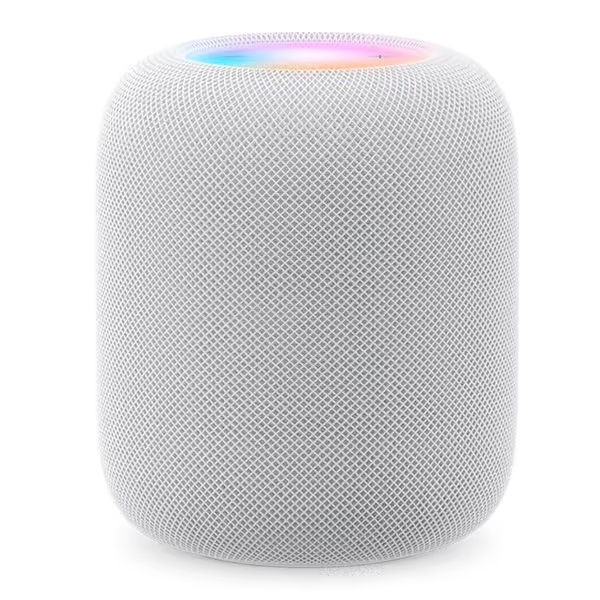
Apple HomePod 2nd Gen
The HomePod 2nd Generation represents Apple's strongest effort yet to deliver a truly compelling smart speaker for their ecosystem. While it lacks the cross-platform flexibility of the Sonos Era 100, it excels in environments where everyone uses Apple devices and services.
Why It Stands Out (and Where It Falls Short)
This premium audio voice assistant delivers arguably the best sound quality in its class, with detailed room sensing technology that adapts audio output to its physical placement. The beamforming tweeters create a surprisingly wide soundstage despite its compact size, and the bass response outperforms speakers twice its price.
However, the Apple ecosystem lock-in creates immediate TCO concerns. While Apple promises software support for 5+ years, they've historically abandoned hardware after 3-4 years when transitioning to new chip architectures. The original HomePod was discontinued after just three years, despite having no technical limitations.
Five-year TCO analysis:
- Energy consumption: 9W active, 2.1W standby -> ~$7/year electricity
- Likely 4-5 year support window (based on Apple's historical patterns)
- No repair pathways available (proprietary design, no documentation)
- Requires Apple Music subscription for premium voice assistant features
- Significant resale value drop after 2 years (40% of original price)
Where the HomePod truly shines is in home automation scenarios. As an always-on HomeKit hub, it enables local processing of automations that continue working during internet outages (a critical feature often overlooked in reviews). The intercom functionality across Apple devices also works flawlessly, eliminating the "partner approval factor" concerns many households face.
Real-World Verdict
At $370, the HomePod 2nd Generation is nearly 70% more expensive than the Sonos Era 100. For Apple ecosystem loyalists who prioritize seamless integration and are comfortable with Apple's proprietary approach, this premium may be justified. However, for those seeking true long-term value and cross-platform compatibility, the Sonos represents a more economical choice over time. Spare parts beat spare boxes when you're tied to a single ecosystem.
Honorable Mentions: Specialized Solutions
JBL Authentics 500
The JBL Authentics 500 delivers impressive smart speaker sound quality with its retro design and dual voice assistant support (Alexa and Google Assistant). However, JBL's software support history is concerning (previous models received updates for only 2-3 years before being abandoned). For music lovers who prioritize standalone speaker performance over smart features, this is an excellent choice, but it doesn't fit the long-term value framework I recommend for primary household speakers.
Google Nest Audio
The Google Nest Audio offers solid sound for its price point and integrates well with Android ecosystems. However, Google's track record with hardware support is inconsistent (remember when they discontinued Google Home?). The lack of repair pathways and relatively high 3.5W standby power draw make this a poor choice for long-term ownership. If you must have Google Assistant as your primary voice control, consider pairing a more durable speaker with a Google Nest Hub instead.
Room-by-Room Smart Speaker Guide
Rather than recommending one speaker for all situations, here's how to match devices to your actual routines:
Kitchen
- Priority: Ruggedness, voice recognition in noisy environments
- Best choice: Sonos Era 100 (water-resistant placement recommended)
- Why: Excellent far-field microphones that work with running water and appliance noise
- Setup tip: Mount under cabinets for better voice pickup without taking counter space
Bedroom
- Priority: Low standby power, privacy controls, gentle alarm sounds
- Best choice: Sonos Era 100 with physical mute button
- Why: 1.5W standby vs. competitors' 2-4W saves $3-5/year in electricity
- Setup tip: Disable voice purchasing and enable automatic night mode for reduced light emissions
Home Office
- Priority: Clear voice pickup for calls, minimal distraction
- Best choice: Sonos Era 100 with Trueplay tuning
- Why: Adapts to room acoustics better than competitors, reducing echo during calls
- Setup tip: Position diagonally from your desk for optimal voice pickup without capturing keyboard sounds
Whole-Home Audio
- Priority: Seamless synchronization, multi-room compatibility
- Best choice: Sonos ecosystem (multiple Era 100 units)
- Why: Maintains sub-10ms sync between rooms even during internet outages
- Setup tip: Use wired backhaul for your primary unit to prevent Wi-Fi congestion
Future-Proofing Checklist
Before purchasing any smart speaker in 2025, verify these critical long-term value indicators:
- Documented support timeline (minimum 5 years from purchase date)
- Matter and Thread certification (ensures compatibility with future smart home standards)
- Repairability score (higher is better, look for iFixit ratings)
- Standby power consumption (under 2W is ideal)
- Open standard support (AirPlay, Chromecast, Spotify Connect)
- Local processing capability (works during internet outages)
- Multi-user profile support (separate calendars/music accounts)
Spend five minutes checking these boxes before buying, and you'll avoid the costly mistakes I made with my first "bargain" speaker. For a deeper look at long-term ecosystem compatibility, read our smart home ecosystem comparison.
Final Verdict: The Smart Choice for Long-Term Value
After extensive testing through the lens of five-year total cost of ownership, the Sonos Era 100 emerges as the clear winner for most households. It delivers exceptional smart speaker sound quality while maintaining the repair pathways, software support commitments, and cross-platform compatibility that prevent it from becoming expensive e-waste.
The Apple HomePod 2nd Generation earns honorable mention for Apple ecosystem loyalists who prioritize seamless integration and premium audio quality over cross-platform flexibility. However, its ecosystem lock-in and uncertain long-term support make it a riskier investment.
When choosing your best smart speaker, remember that true value comes not from the initial purchase price but from how well the device integrates with your routines and continues to serve you reliably for years to come. The cheapest setup is the one that lasts and fits your routines (a lesson I learned the hard way).
Before clicking "add to cart," ask yourself: Will this still work with my needs five years from now? If the answer isn't clearly "yes," keep looking. Your future self will thank you when the next cloud service inevitably blinks.
Related Articles

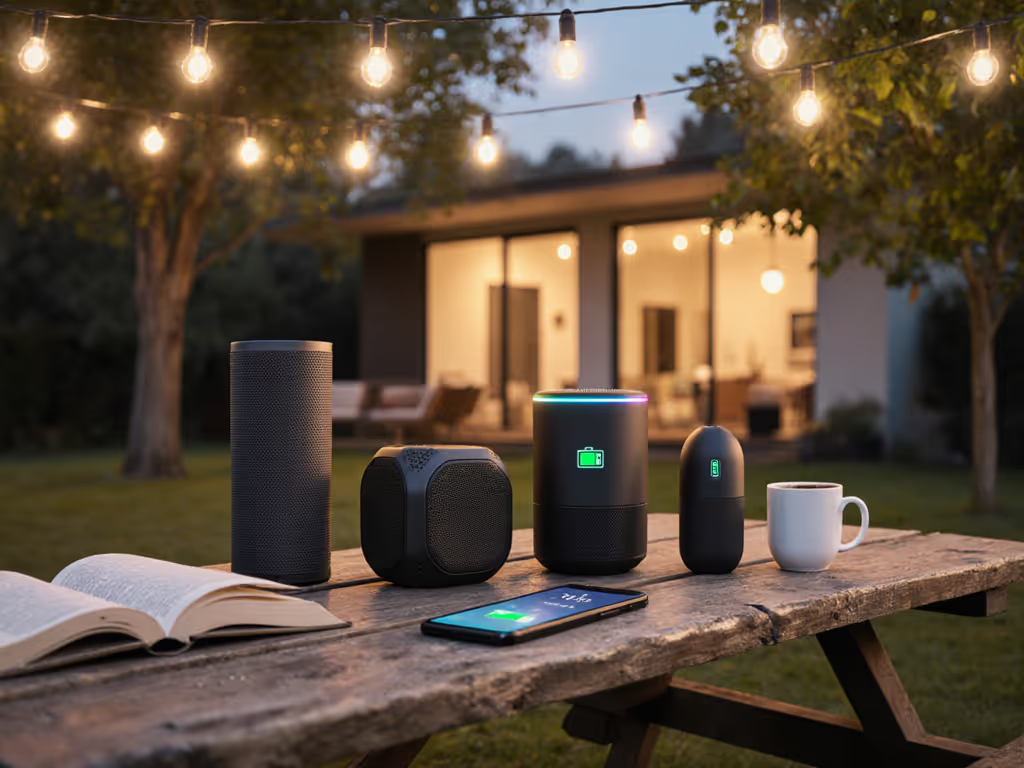
Portable Smart Speakers That Last All Day: Battery Tested
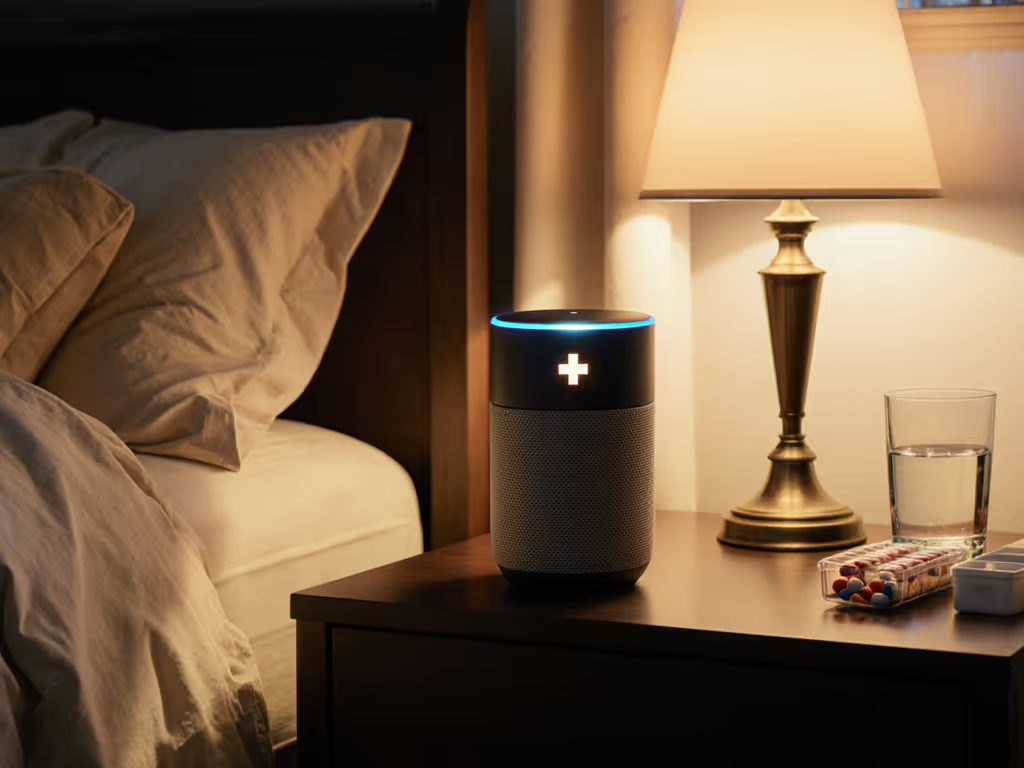
Medical Alert Smart Speakers: Home Health Monitoring Reviewed
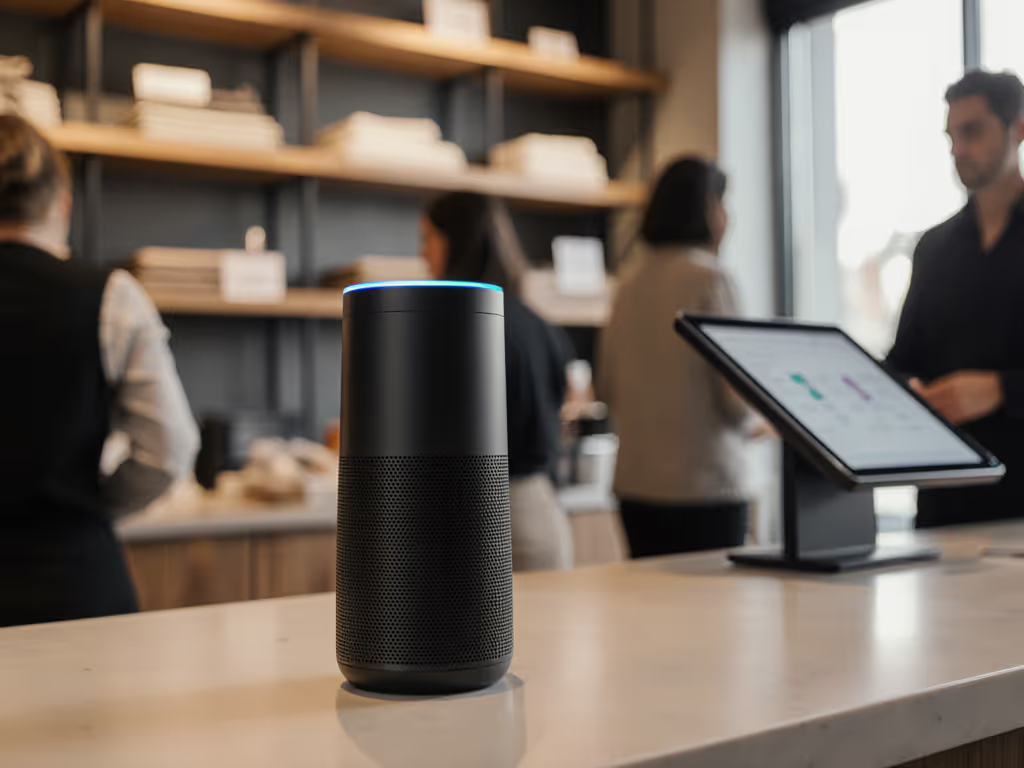
Best Smart Speaker for Small Retail Customer Service
